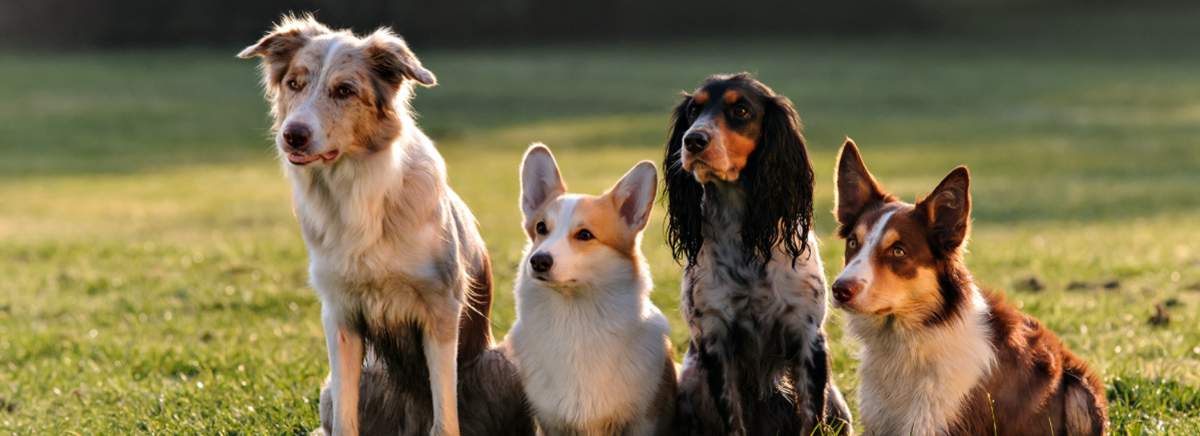 If you have a furry friend, you’ve likely experienced the sound of a dog whining. It can be a bit perplexing when your pup starts making those high-pitched, plaintive noises. Understanding why dogs whine can help us respond to their needs and emotions more effectively. So, let’s dive into the reasons behind this common canine behavior.
If you have a furry friend, you’ve likely experienced the sound of a dog whining. It can be a bit perplexing when your pup starts making those high-pitched, plaintive noises. Understanding why dogs whine can help us respond to their needs and emotions more effectively. So, let’s dive into the reasons behind this common canine behavior.
—
Understanding Canine Communication
Dogs use various forms of communication to convey their feelings and needs. Barking, growling, and whining are all part of their repertoire. Whining is one way dogs express their emotions, but it’s not always easy to decipher what they’re trying to communicate. To understand why dogs whine, it’s essential to look at the context in which they do so.
Expressing Emotions
One of the primary reasons dogs whine is to express their emotions. Whether they’re feeling anxious, excited, frustrated, or seeking attention, whining can be their way of letting us know how they’re feeling. For example, if a dog is left alone for an extended period, they might whine to express their anxiety or distress. Similarly, if they’re excited about going for a walk or playing with a favorite toy, they might whine with anticipation.
Seeking Attention or Comfort
Dogs are social animals and often seek attention and comfort from their human companions. When they whine, they might be signaling that they need your attention, comfort, or reassurance. This behavior can be more pronounced in puppies who are used to being close to their littermates and seek the same level of comfort from their human family.
Physical Discomfort
Whining can also be a way for dogs to communicate physical discomfort or pain. If a dog is experiencing discomfort due to an injury, illness, or any other physical issue, they might whine as a way of seeking help or letting their humans know that something is wrong. It’s important to pay attention to any changes in your dog’s behavior, especially if their whining seems to be related to physical discomfort.
Environmental Factors
Sometimes, dogs may whine in response to environmental factors such as loud noises, unfamiliar surroundings, or changes in routine. For example, during thunderstorms or fireworks, dogs might whine due to fear or anxiety. Similarly, when introduced to a new environment or experiencing changes in their surroundings, dogs might use whining as a way to express their discomfort or unease.
Training and Reinforcement
In some cases, dogs may have learned that whining leads to getting what they want. If, in the past, whining has resulted in attention, treats, or any form of reinforcement, dogs may continue to whine in the future as a learned behavior. It’s important to be mindful of how we respond to our dogs’ whining to avoid reinforcing it unintentionally.
Responding to Whining
Understanding why dogs whine is the first step in responding appropriately. It’s essential to pay attention to the context in which the whining occurs and to consider any recent changes in the dog’s environment or routine. Responding with empathy and understanding can help address the underlying cause of the whining and provide the necessary support for our furry friends.
In conclusion, dogs whine for various reasons, whether to express their emotions, seek attention, communicate physical discomfort, or respond to environmental factors. By paying attention to the context and being attuned to our dogs’ needs, we can better understand and respond to their whining in a way that supports their well-being and strengthens our bond with them.
—
[/fusion_text]

